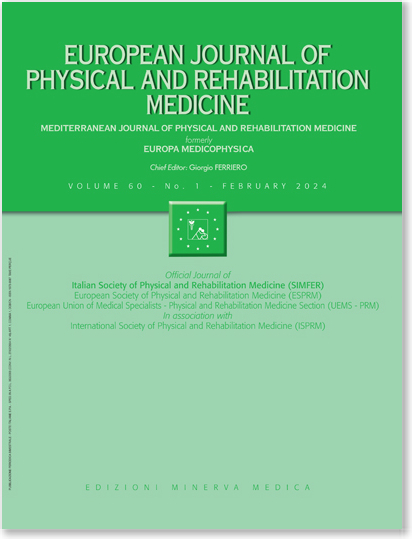
Comparison of short-term efficacy of manual therapies for patients with chronic neck pain

Comparison of short-term efficacy of manual therapies for patients with chronic neck pain
Mobilization versus manipulations versus sustain apophyseal natural glide techniques and interaction with psychological factors for patients with chronic neck pain: randomized controlled trial
Eur J Phys Rehabil Med. 2015 Apr;51(2):121-32Did you know you're eligible to earn 0.5 CME credits for reading this report? Click Here
Synopsis
48 patients with chronic neck pain were randomized to undergo either high velocity and low amplitude (HVLA) manipulation, anteroposterior mobilization, or sustain apophyseal natural glide treatment. The purpose of this study was to examine the short-term effects of these three manual therapies on pain intensity of neck pain, pressure pain threshold (PPT), and cervical range of motion (CROM). The g...
To view the full content, login to your account,
or start your 30-day FREE Trial today.
FREE TRIAL
LOGIN
Forgot Password?
Explore some of our unlocked ACE Reports below!

Learn about our AI Driven
High Impact Search Feature
Our AI driven High Impact metric calculates the impact an article will have by considering both the publishing journal and the content of the article itself. Built using the latest advances in natural language processing, OE High Impact predicts an article’s future number of citations better than impact factor alone.
Continue



 LOGIN
LOGIN

Join the Conversation
Please Login or Join to leave comments.